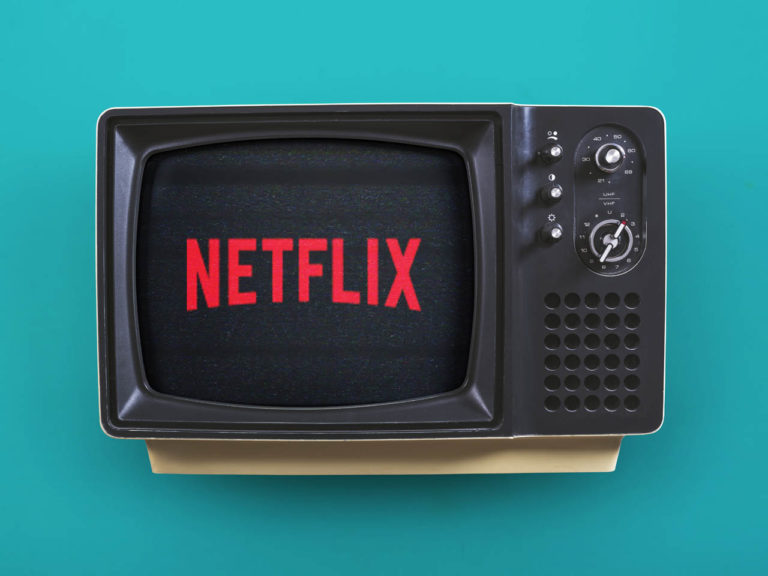

It’s finally here! After months and months of delays, the long-awaited final showdown with Rao has arrived. No matter how you feel about the delays, or what Hitch has been doing on Justice League in the meantime, if you were a fan of this book, then you are probably excited to see how the story wraps up. SPOILERS AHEAD!
Better than I thought it would be
Back when I reviewed JLA #9, I said:
The current JL arc’s resemblance to JLA, and Hitch’s shortcomings as a storyteller—while less numerous and severe in JLA—make this issue feel redundant and regressive.
I’ll admit that I expected to feel much the same about JLA #10. We’ve had another months-long delay, and on top of that, this final installment is in the hands of a fill-in team of creators. With all due respect to Bedard and Derenick, Hitch’s big ideas brought to life by Hitch’s wide eye are what made this book enjoyable—a final chapter by a replacement team sounds like no final chapter at all.

Before I talk about what works, because this is better than I thought it would be, I should make it clear that the lack of a proper final installment is a pretty huge letdown. Comics are as much about how as they are about what, and yet the assumption here seems to be that the importance of finishing this story is greater than the importance of finishing it in top form. If they’re just trying to put it to bed, I suppose I get it, but then DC also just solicited a thirty dollar hardcover edition of the entire series, so I can only assume they’re hoping people will spend some money on this story.
So with that out of the way, what’s to like? I like the final solution quite a bit. Accelerating time around the sun to make it a red giant, thereby weakening any Kryptonians in the vicinity? Baller move. Old-but-younger Rao looping off the head of younger-but-older-but-crazier Rao? Priceless. And even though I’ll rip the same idea to shreds a bit later, part of me enjoyed seeing Batman and Cyborg get a delivery of battle mechs and drone mechs from Silas. I guess if I have to sum up the positives here, it’s that—after all of these months—this is a fun trip, at least the first time through. There’s even a bit of closure in seeing how the main conflict wraps up, and some sense of satisfaction in how it wraps up.
But still not good enough
Derenick gives a good effort, and at times, his facial work even approximates Hitch, but the huge scope and so-called widescreen action that helped make this book exciting are gone. And when Derenick goes for it, his work is undermined by Jeremiah Skipper’s simplistic colors (if you’re following along, look at the wide angles of the bay—the ground is far to green, and the water far too blue).

As far as I can tell, Bedard fulfills his duty here well enough. Hitch wrote the story, and it was up to Bedard to script it. The dialogue isn’t perfect, and there are a few particularly odd lines, but overall, it reads well. Unfortunately, the story itself shows too many signs of rushing.
While I had some short-lived fun with Batman and Cyborg getting special robo-suits from Silas, it was a turn that is completely in contrast with the tone of the rest of the series. This hasn’t been a book about lighthearted fun, and this crossed the line (particularly with Batman’s batty suit). But beyond that, how did Silas have time to create these mechs and drones? The fight with Rao has been happening over days at most, and that’s a lot of hardware to design and assemble.
And how about that final solution? As I said above, I do like the logic of it, but up to this point, the Stones have operated outwardly and inclusively—in other words, the Stones themselves are at the center (ish) of a spherical (ish) area that they then transport through time. This is the first occasion that any of the sets of Stones in this story have been used to project a field outward and alter time within a space that does not contain them. It seems too convenient, and also unnecessary—why not move the stones to Earth and accelerate time on Earth? The sun would still progress toward Red Giant status.
Finally, Rao kills Rao, and Superman loses it, shocked and appalled at the loss of life—even a life like that. And yet the aging of the sun causes scads of Rao’s Dwalu to lose their powers and fall from the skies, many of them surely dying on impact. Why is this not a problem for Superman?
A very long disappointment
I would have waited another year for a proper final chapter to “Power and Glory.” A story that started out with lots of care and attention to detail; a story that weathered early delays and still managed to captivate me; this story has been concluded in a hurry, with a final chapter that is unworthy of the tale that birthed it. I suppose we were never going to get the final installment we actually wanted, though, so at least we’re done waiting for what will never be.
Recommended if…
- You want to see how it ends.
Overall
While fun for a quick read, Justice League of America #10 is a boot to the face of a dying man. This series has been on life support for half a year, barely registering a heart beat, and while it is a relief to finally see it stop suffering, it is nonetheless disappointing to see it go in such a way. The artwork fails to capture the spark that made this book stand out, and the rushed story contains several gaping holes that make it impossible to salvage. Finish it for closure, if you’ve been reading it. Otherwise give your attention—and your money—to something better.
SCORE: 4.5/10


